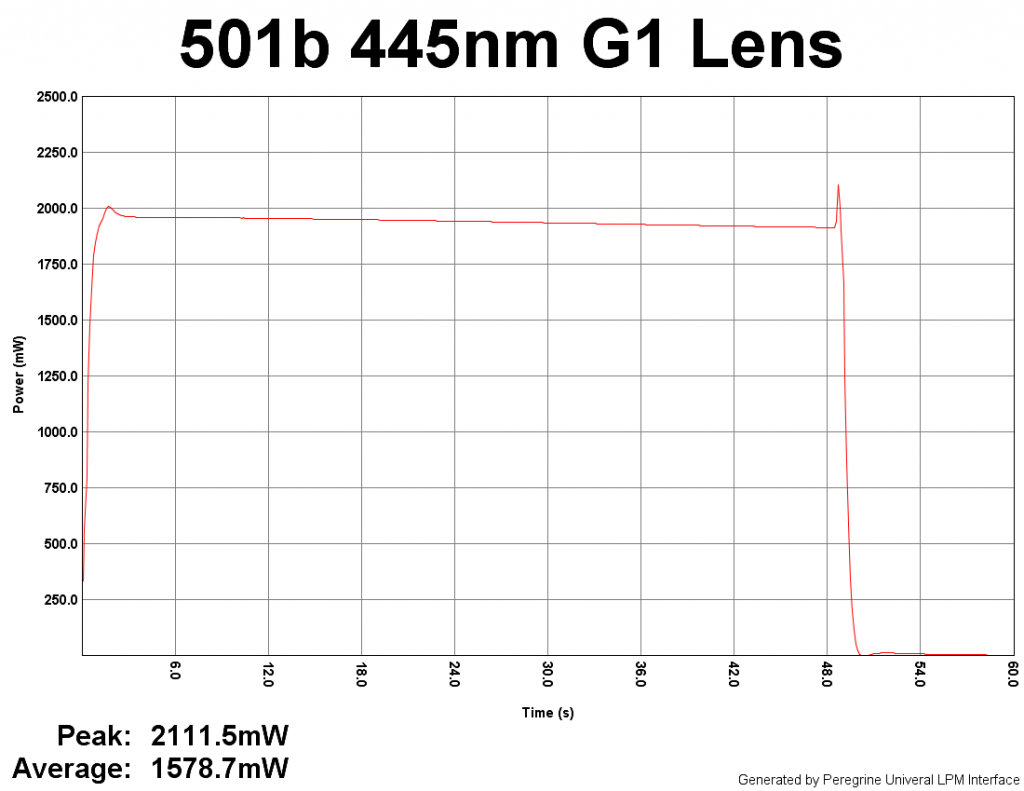That can be tested easily. Just cover the beam, turn the laser on and then release it. If there's no overshoot the driver is to blame, if there's overshoot the sensor is to blame,
I was thinking about current overshoot as well - but this test would surely rule it out if any could so quickly.
Both the overshoot and ringing seems to take about 2-3 full seconds to quiet down - that's a long time. I have to go back and look at any thermal mechanisms that could account for this.
Perhaps even the ordinary thermocouple has a small response region during fast temperature changes.
You see, I've been thinking about this incorrectly. We usually say the voltage produced is a function of a temperature difference between two surfaces. But in reality, its a function of a temperature
gradient. For those who've been in calc III, I'm referring to
del(voltage) = -(seebeckCoeff) * del(temperature)
not
del(voltage) = -(seebeckCoeff) * (Th-Tc)
DelTemp refers to the temperature gradient from the
end of one of the thermopile's wires, to the
end of the other wire, which varies depending on the length along which the temperature changes along the wiring. This is why there is cold junction compensation built into the head's amplifier. It holds one end of the thermopile's wires at a constant temp, or it will actively measure the temp on one of the wires and provide feedback into the instrumentation amp.
Since heat tends to spread relatively (compared to charge) slowly through solids (even wires), I'm thinking that our sudden whack of heat input (laser suddenly turns on), cannot be accurately reflected on a system that relies on heat flow. Makes sense to anyone else?
The overshoot
could be simply reflected heat which didn't make it along the wire in less than 2 seconds. Think about re-arranging area drawn out by the spike, and squish it back over to the left of where the curve initially rises. I think it could be shown that doing so would significantly square off the rise time on the initial response.
So maybe all the power is accounted for, but it simply arrives to the amplifier "late".
But this does not explain the ringing. Ringing still say's stray capacitance to me.








